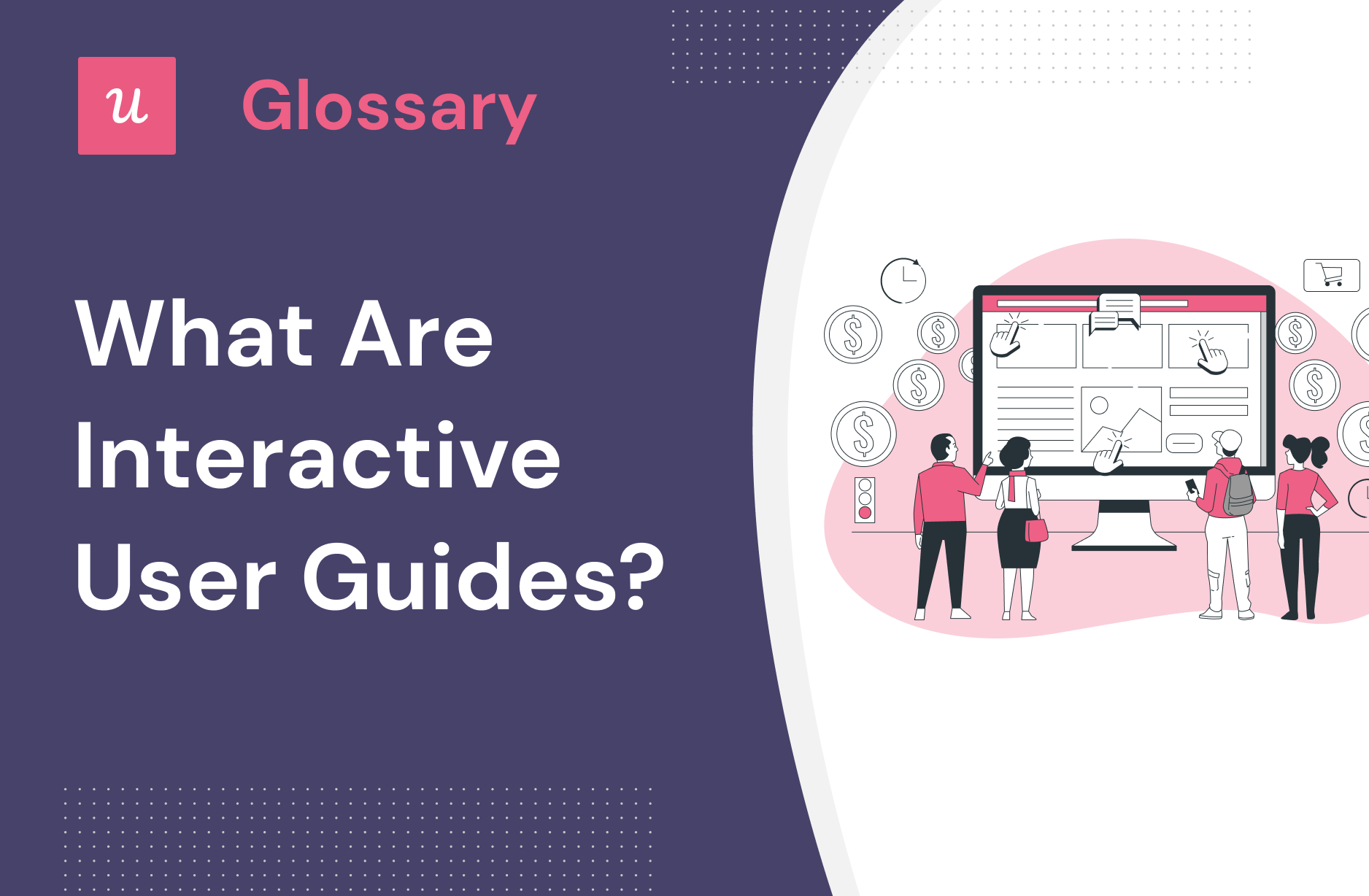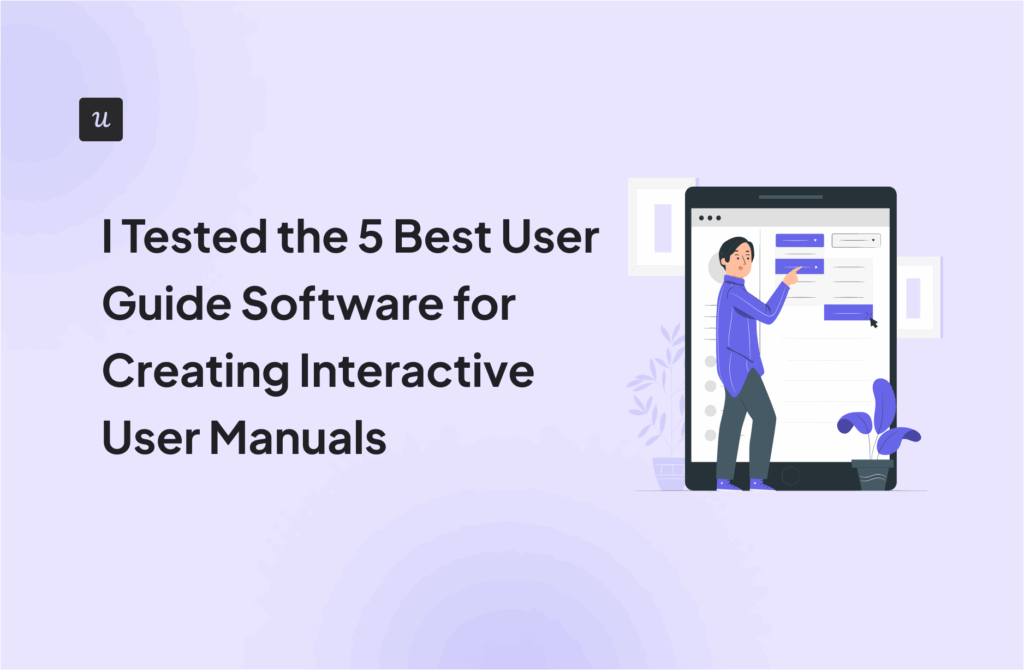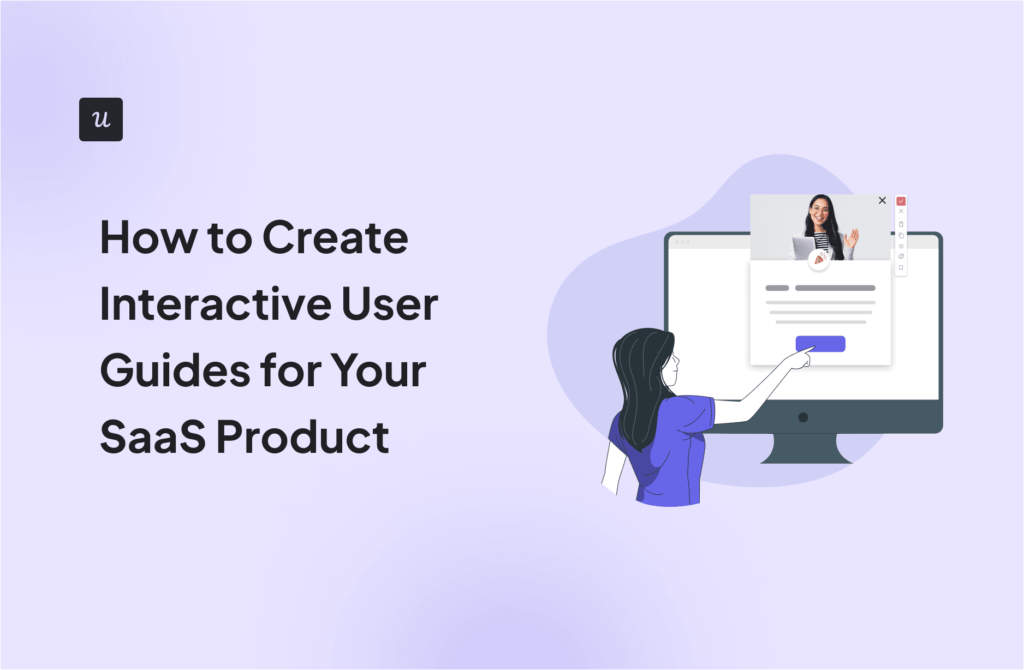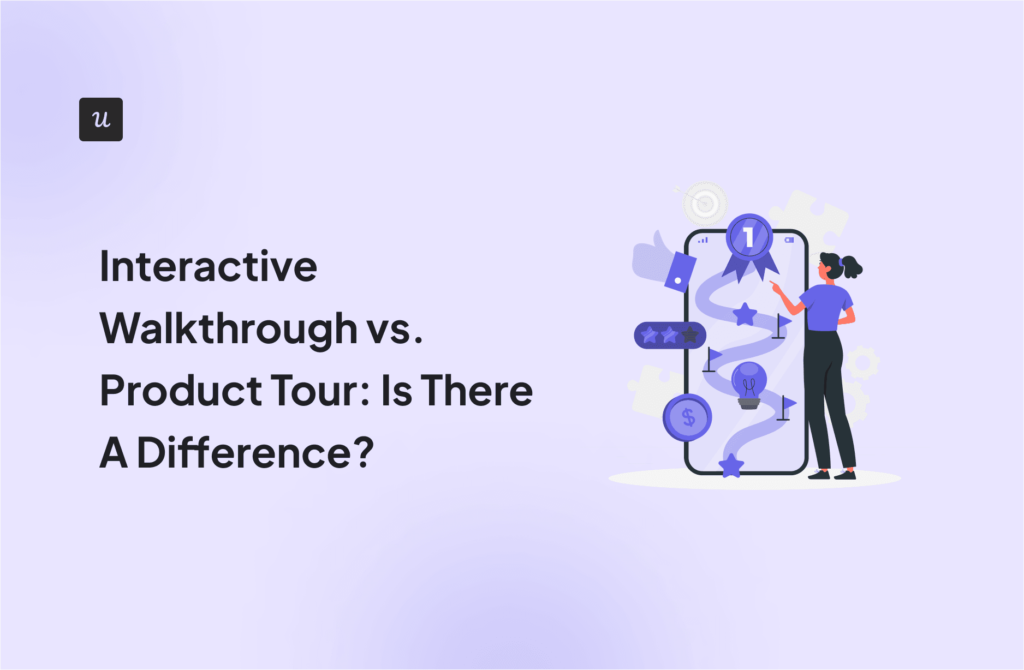
An interactive user guide is a set of UI patterns designed to work together and help customers understand how to use your product.
There are two main types of user guides: full product tours (which tend to be more detailed and time-consuming), and interactive manuals (using tooltips and real-time guidance to provide more contextual help to your customers).
Interactive user manuals are an excellent way of engaging and educating your users, helping them to get the most out of your product, and improving user onboarding and feature adoption.
Try Userpilot Now
See Why 1,000+ Teams Choose Userpilot

Why are Interactive User Guides important?
All product managers want to delight and engage their customers. A big part of that is making sure your users know how to get the most from your application (and in the modern world, that means more than creating a support documentation page).
Fail in that mission, and you risk damaging customer loyalty. Here’s why building interactive user guides is important:
- Interactive user guides improve user onboarding and drive product adoption. How? By helping real users get value from your product through engaging with interactive content relevant to them.
- Contextual and personalized interactive guides will shorten time to value and reduce friction in adoption of your product.
- In-app guides are part of a self-serve onboarding strategy and they reduce support and customer success cost, while increasing customer satisfaction. Users just get access to help, when they need it.
All in all, interactive user guides are the back bone of a successful onboardingstrategy and should be a must for your user experience,
Do you need tools for Interactive User Guides?
Wondering why you even need a tool to create interactive user guides? There are several reasons why you may need one:
For most software companies, creating interactive manuals from scratch is the wrong approach. Why?
Rather than reinventing the wheel, your developers should prioritize their efforts around enhancing your software – making it faster or more visually appealing – and regularly shipping updates that delight your customers.
Here’s how using a tool can help:
- With the low technical barrier to entry, anyone -from operations to customer success managers – can quickly create an interactive tour, which means you can reduce reliance on software developers.
- Rather than a “one size fits all” approach, you can trigger user guides contextually – so based on the specific actions the customer has taken, targeted support is triggered to help them navigate and use the product more effectively.
- There are dozens of variables you might want to adjust, from small changes to copy to tweaking the design. In a custom-built tool, this represents a significant amount of work – in a no-code tool, it’s incredibly simple.
- Customer adoption tools make it easy to see which version of an interactive user guide performs more effectively with A/B testing (and adapt your approach accordingly).
You shouldn’t question the necessity for a tool to build interactive user guides, but you need to understand what functionality you should look for in a tool and which tools are the best.
What are the best tools for Interactive User Guides?
There are many good tools for creating interactive walkthroughs out there, so we narrowed it down for you. Here are the top 5 tools you should choose from, depending on your budget and priorities:
- Userpilot: Best tool for driving product adoption with contextual and interactive user guides.
- Appcues: Best tool for building interactive user guides based on templates.
- Chameleon: Best tool for building interactive guides on 3rd party app (for employee onboarding).
- Pendo: Best tool for onboarding users both for web apps and mobile apps (steep learning curve and expensive).
- UserGuiding: Best tool for creating onboarding user guides on a budget (has limitations).
Let’s dive deeper into how each stacks up for different company sizes, budgets, and jobs to be done!
What are the must have features of Interactive User Guides tools?
Not all tools are built the same. Some offer different advantages over others while some will simply get you basic functionality but at a low price. It depends on your budget and needs which will be the best tool to build interactive user guides.
Here’s what to look for as the main functionalities when picking a tool to build in-app guides:
- Good range of UI patterns to use for building your guides.
- Ability to customize each interactive guide to fit your brand and style.
- Segmentation so you could trigger the guides to the right audience at the right time. A one-size-fits-all approach won’t bring you the desired results.
- The ability to trigger the user guides when specific in-app events happen is nice to have and will help you build more contextual in-app experiences.
- Minimum product usage analytics, to be able to track how users engage with the product, and where they get stuck so you can build relevant user guides to help them.
The above list is not exhaustive but it’s a starting point. Depending on your product, you might also need automated localization, A/B testing capabilities, advanced analytics or security, and more.
Check out how Userpilot helps you with Interactive User Guides!







